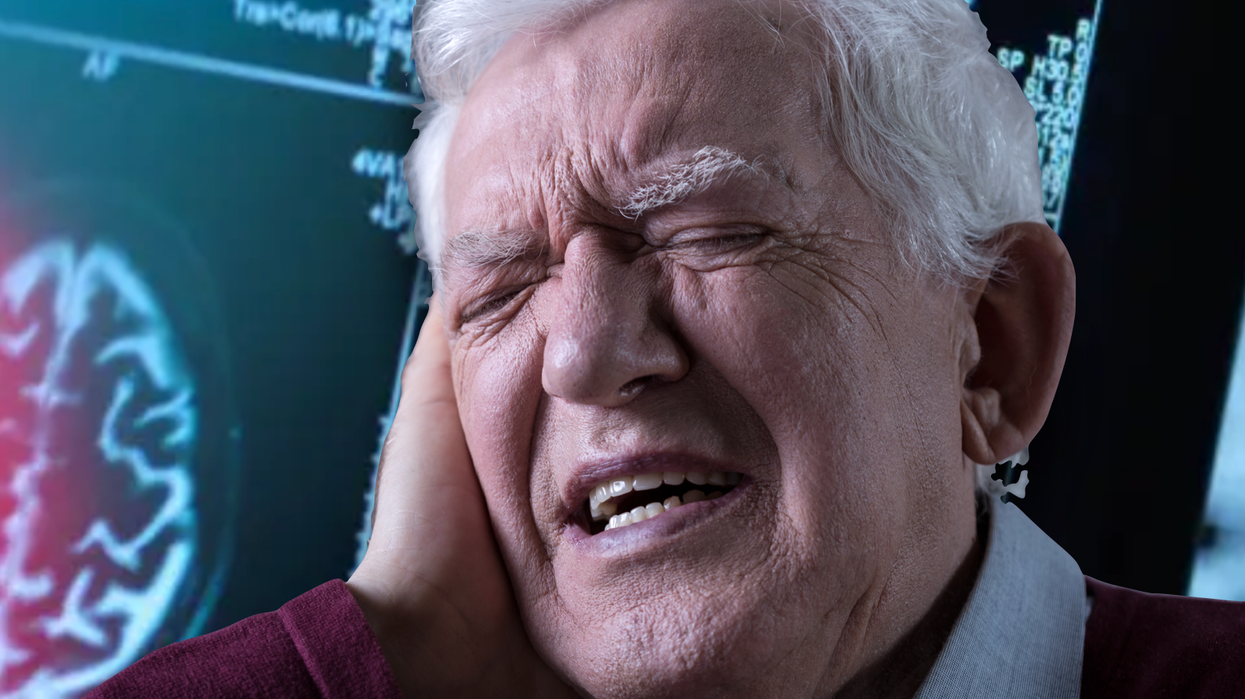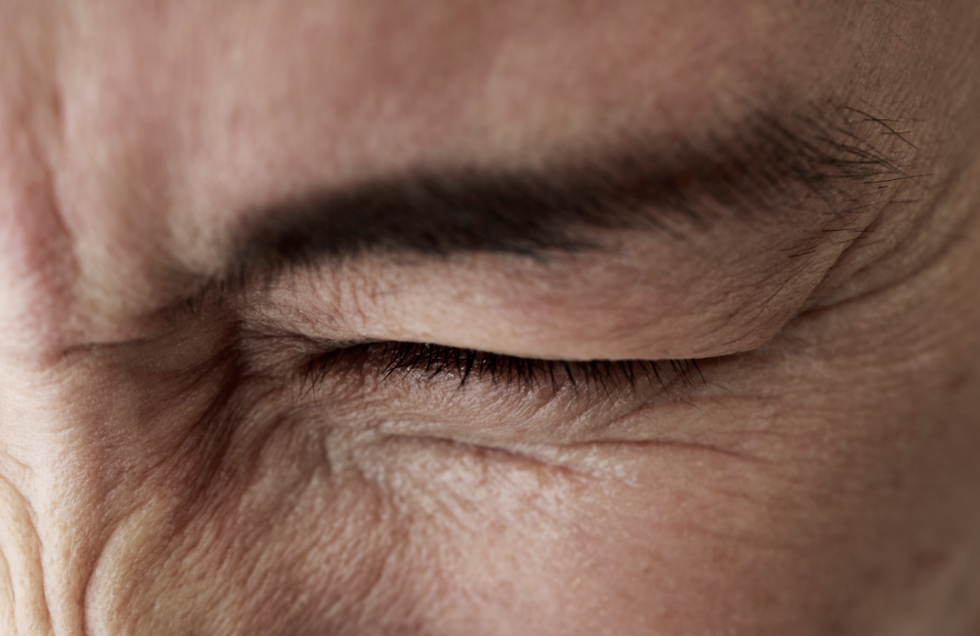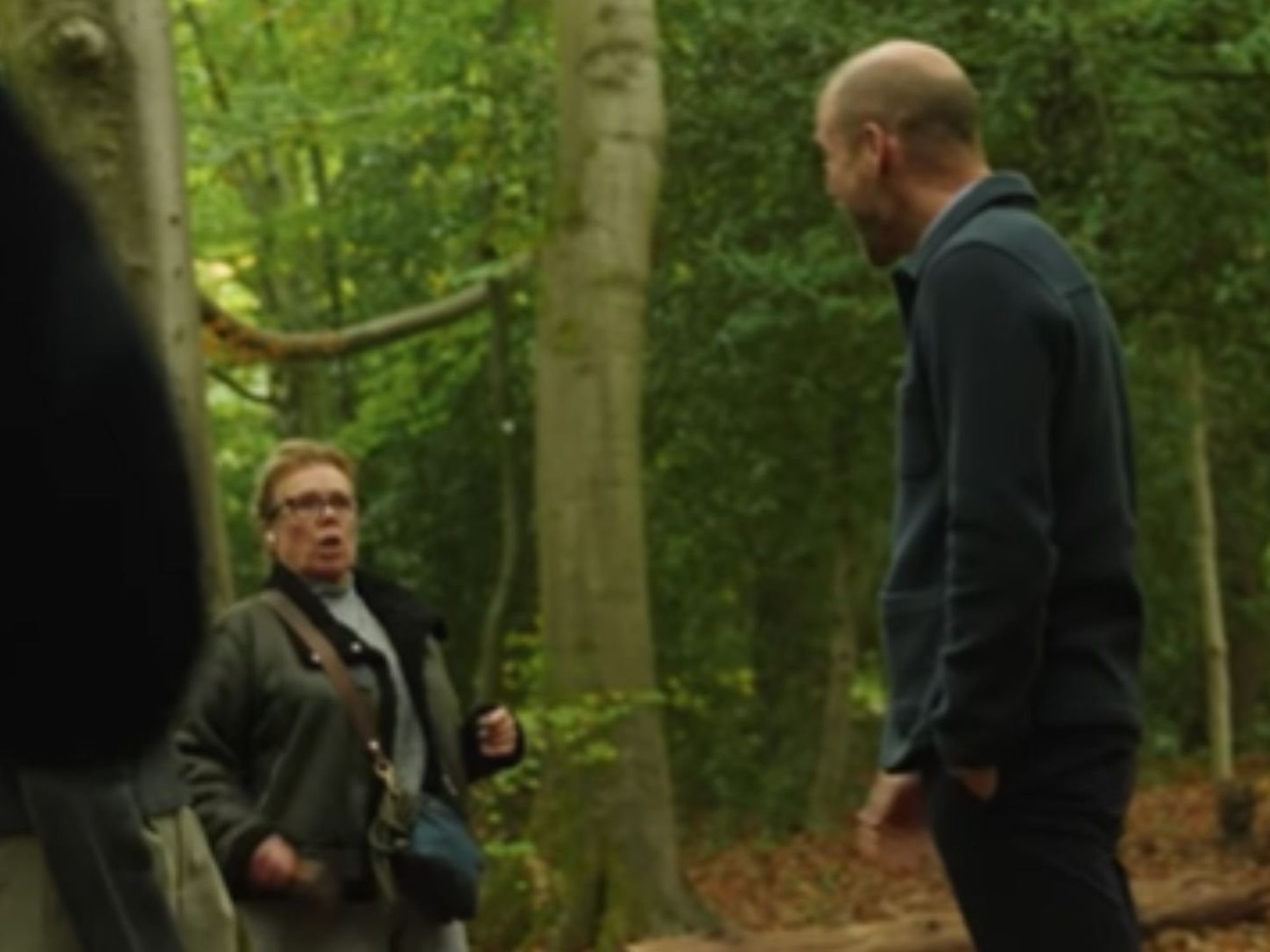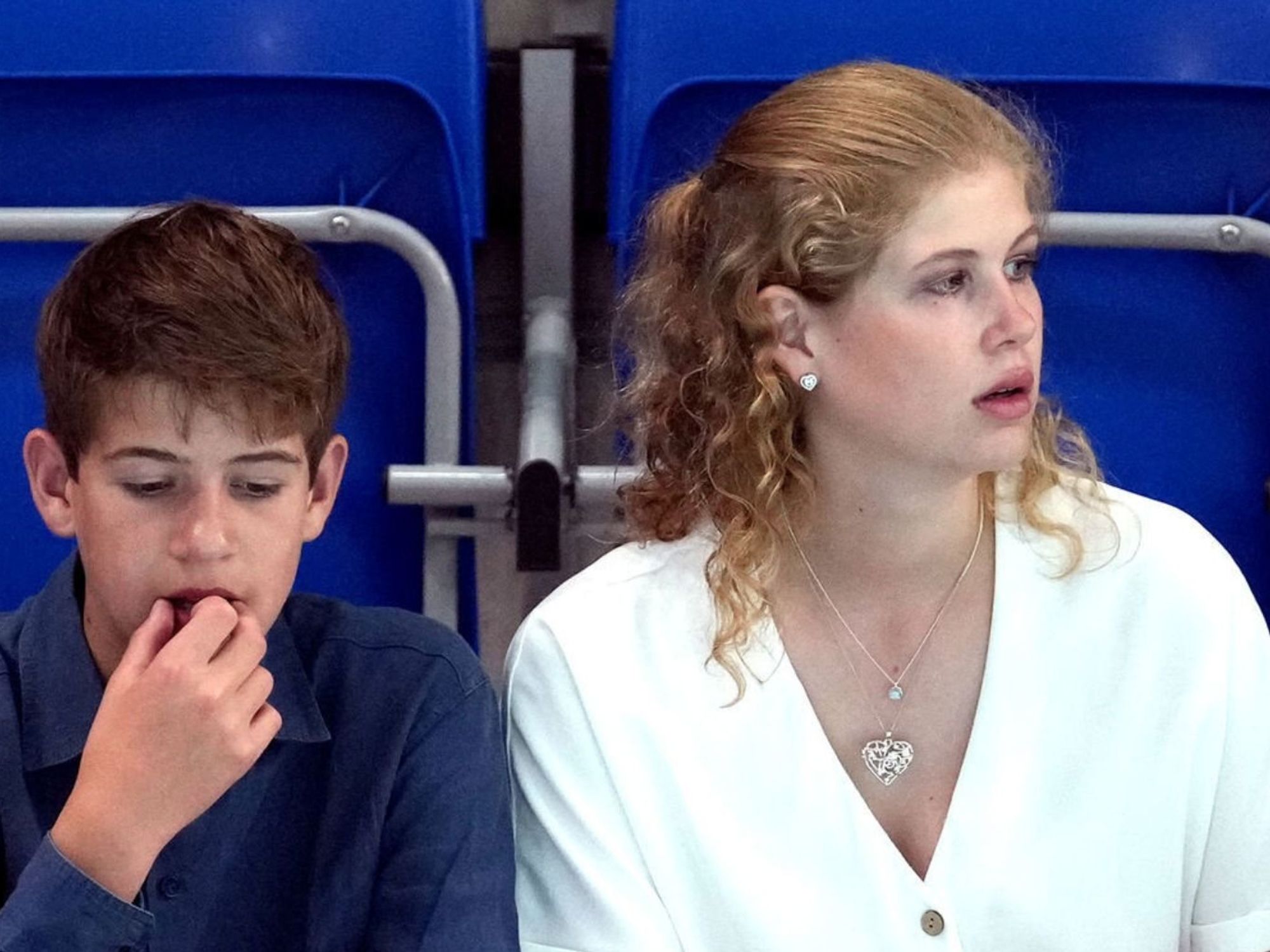The five symptoms of dementia that can show up on your face...can appear BEFORE memory loss

Symptoms of dementia can appear on the face
|Getty Images

The warning comes as NHS England reports nearly 500,000 people are now living with a dementia diagnosis in the UK
Don't Miss
Most Read
Latest
Dementia is synonymous with memory loss but it's not always the first warning sign.
Five changes on your face can spell the onset of brain decline.
Understanding the various ways dementia can manifest itself is crucial as a timely diagnosis "is the first step in supporting people, with a wide range of NHS services able to help", notes Doctor Jeremy Isaacs, National Clinical Director for dementia at NHS England.
He added: "If you have noticed that someone has symptoms, please encourage them to visit their GP for an assessment - the sooner someone is seen the quicker the NHS can help."
What should you be looking for?
One of the earliest signs of dementia that may appear on the face is prosopagnosia or face blindness. Daniel Gibbs, a 73-year-old neurologist diagnosed with Alzheimer's disease, reported this symptom.
"Many of my neighbours are hard for me to recognise until I hear their voices or see the dog they are walking," Mr Gibbs wrote in Scientific American.
This difficulty in recognising faces, even of familiar people, can be an early indicator of cognitive decline. It's particularly associated with Lewy body dementia (LBD), the second most common form of dementia after Alzheimer's disease.

Daniel Gibbs, a 73-year-old neurologist diagnosed with Alzheimer's disease, experiences facial blindness
|Dementia Researcher
Face blindness can occur even when other cognitive functions remain intact, making it a potentially valuable early diagnostic tool. However, it's important to note that this symptom can also be caused by other conditions, such as stroke or head trauma.
Another facial sign of dementia, particularly in LBD, is the presence of inappropriate or blank facial expressions. This symptom can manifest even in the early stages of the disease.
People caring for someone with LBD often describe the affected person as having a "blank stare". This lack of emotional expression can be distressing for family members and carers.
Changes in visual perception are another significant facial sign of dementia, particularly in LBD.
Patients with LBD often experience visual hallucinations, which can affect their eye movements and reactions to their surroundings.
These visual disturbances can manifest as difficulty in judging distances or determining colour contrasts, potentially leading to problems with driving.
A study published in Acta Neuropathologica also found that LBD patients may have abnormalities in the retina, which could be detected through a simple eye scan.
Researcher Frederique Hart de Ruijter said: "This does not just help patients prepare for the future, but it also opens the doors for early participation in scientific research into new treatments and medicines for dementia."
This emerging research suggests that eye-related symptoms could be valuable in early dementia detection.
Doctorr Jeremy Isaacs highlighted: "NHS staff have worked hard to recover services with the number of people with a diagnosis rising significantly over the last year, and now at a record level, but there is more work to be done."
Researchers are exploring new methods to improve early detection. A recent study published in Acta Neuropathologica suggests that a simple eye scan could detect abnormalities in the retina associated with Lewy body dementia.
LATEST HEALTH DEVELOPMENTS

Eye-related symptoms could be valuable in early dementia detection
|Getty Images
Additionally, facial biomarkers, such as changes in expression and eye movements, could play a crucial role in early diagnosis. However, more research is needed to validate these potential diagnostic tools.
Early recognition of facial signs associated with dementia is crucial for timely intervention and improved patient outcomes. Whilst face blindness, blank expressions, and visual disturbances can be indicative of cognitive decline, they should not be considered in isolation.
Doctor Jeremy Isaacs emphasised: "Usually, these problems will be more obvious to the person's family and friends than to the individual themselves."
A comprehensive approach, combining clinical observations, advanced imaging techniques, and potential facial biomarkers, may enhance diagnostic accuracy. However, further research is needed to validate these methods.
Foot of the mountain
The NHS' recent success in increasing dementia diagnoses is encouraging, but challenges remain.
Despite the current diagnosis rate of 65 per cent being the highest since the pandemic began, the NHS still has work to do to reach its goal of diagnosing 66.7 per cent of the estimated total number of people living with some form of the disease.
England boasts one of the world's highest dementia diagnosis rates, with figures peaking at 487,432 individuals living with a diagnosis in England alone as of June.
Improved awareness among healthcare professionals and the public about early signs, including facial changes, could lead to earlier consultations and diagnoses.
As research progresses, the integration of facial biomarkers into routine screenings could revolutionise dementia detection, potentially allowing for earlier interventions and better long-term outcomes for patients.










